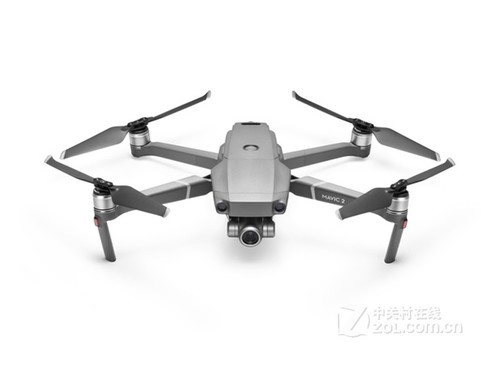The sky, once the domain solely of birds and planes, is now populated by a new technological marvel: drones. The rise of drones in the sky has opened up unparalleled opportunities across various sectors, from agriculture to photography, and beyond. As drones become increasingly integrated into our daily lives, their impact is noteworthy.
Benefits of Aerial Drones
Drones offer a unique advantage in capturing aerial views, revolutionizing fields such as surveillance, data collection, and even delivery services. Their capability to access hard-to-reach areas quickly and efficiently makes them indispensable in disaster management and environmental monitoring. As the technology advances, drones are becoming more reliable and safer, paving the way for broader applications.

Innovative Uses
In agriculture, drones play a pivotal role in precision farming, providing farmers with aerial analysis to optimize crop health and yield. Equipped with advanced sensors, they can detect diseases early and monitor soil conditions in large fields. This remarkable efficiency allows for better resource management and increased productivity.
In the realm of entertainment, drones have transformed the film and photography industries. Filmmakers can capture stunning aerial footage without the need for expensive helicopter rentals, while photographers gain access to unique perspectives and compositions that were previously inaccessible. This innovation is fostering creativity and enabling storytellers to craft engaging visual narratives.
A Growing Industry
The burgeoning industry of drone manufacturing and services is creating new economic opportunities worldwide. From startups focused on drone technology advancements to established companies enhancing logistics with drone fleets, the sector is thriving. As regulatory frameworks evolve, more enterprises are exploring the potential of drones to streamline operations, reduce costs, and explore new revenue streams.
Challenges and Regulations
Despite the opportunities, the integration of drones in the sky comes with its own challenges. Ensuring safety, maintaining privacy, and developing regulations are critical. Governments worldwide are working on regulations to handle drone traffic safely and ethically. These frameworks aim to balance innovation with public safety, allowing drones to operate without causing interference or conflicts.
Frequently Asked Questions
How do drones impact privacy? Drones can capture detailed aerial footage, raising concerns about privacy invasion. Regulations are being enforced to limit access in sensitive areas.
Are drones allowed everywhere? No, there are restrictions on drone usage, especially around airports and populated areas, to ensure safety and security.
Can drones withstand adverse weather? While advances are being made, drones are still vulnerable to extreme weather conditions, which can affect their performance.
The evolution of drones in the sky is reshaping industries and pushing the boundaries of innovation. As technology progresses, the full potential of drones remains largely untapped, suggesting exciting future possibilities. Embracing these opportunities while addressing the challenges will lead to a harmonious coexistence in our skies.